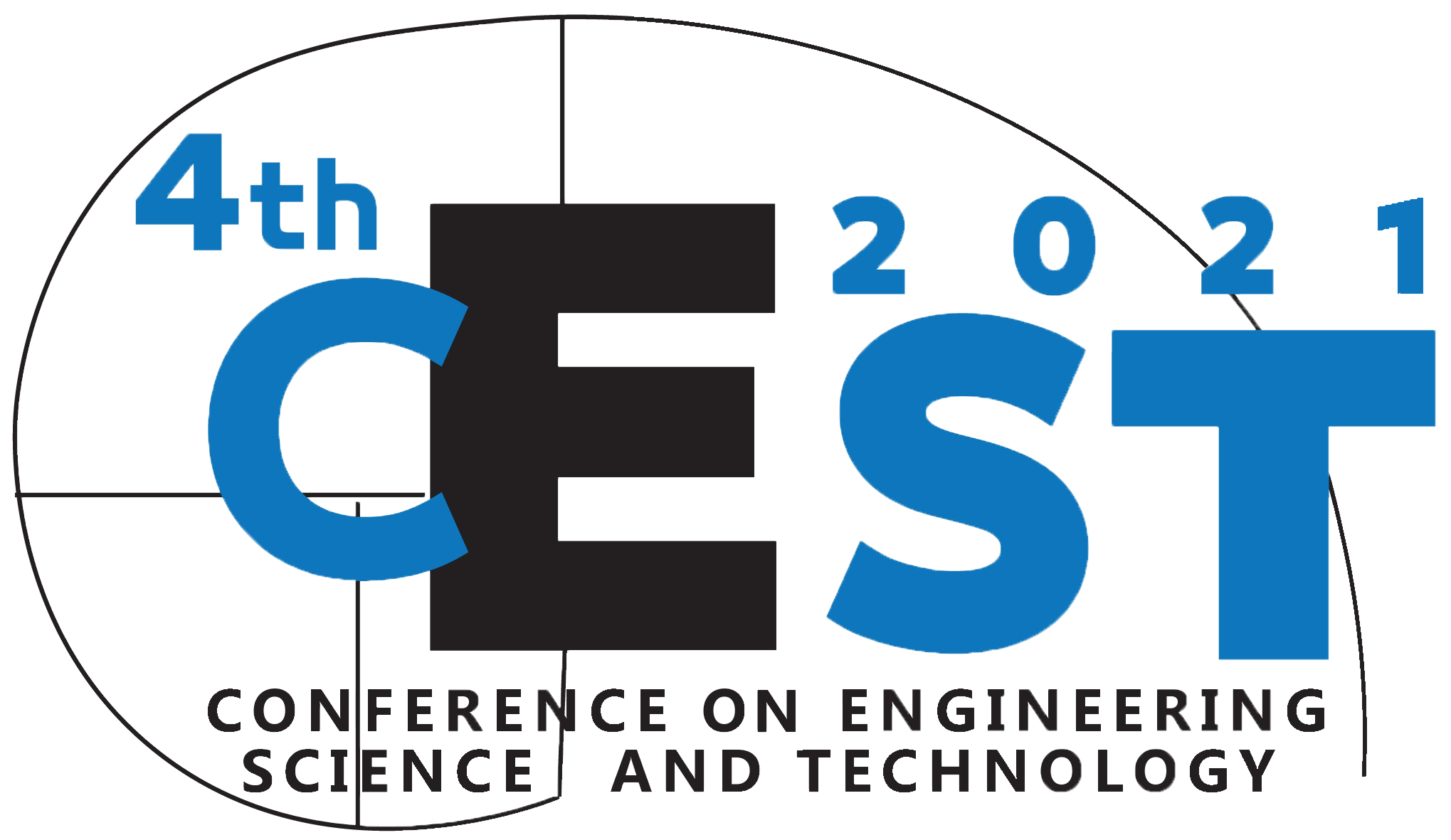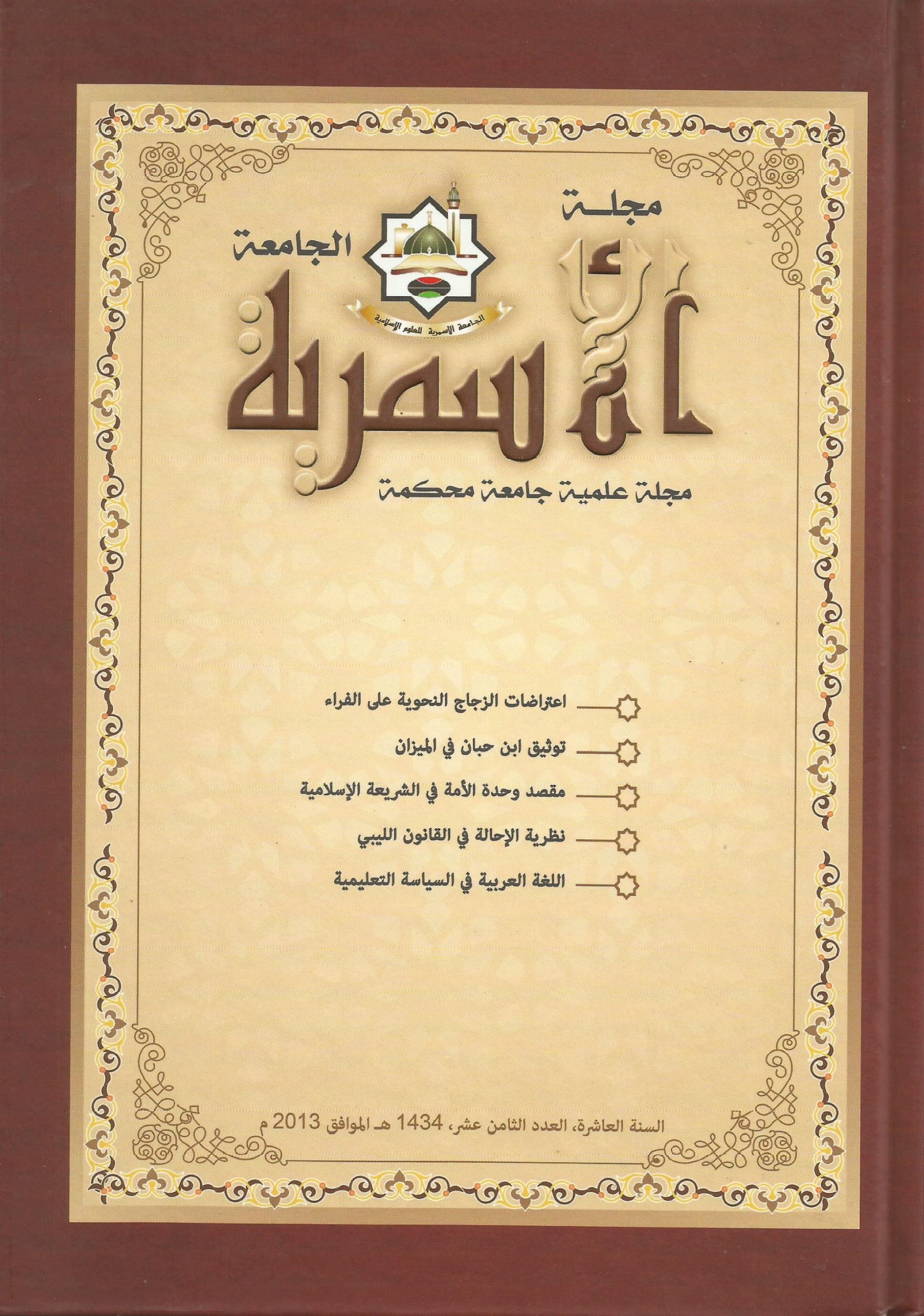Practical Study to Compare the Performance of Dust Filters Used in Libyan Cement Factories (Libda and Elmergib Factories)
Keywords:
Environmental-pollution, Fabric filter, Cement industry, Centrifugal filtersAbstract
The rapid development of the field of cement industry, which is one of the important industries in the construction. As much as we need this industry, which is considered one of the industries that pollute the environment, we need to pay attention to the stages of industrial processes in the required manner and with the least possible damage in terms of environmental pollution. This research studied the stages of filtration by means of filters. Thus, we will review a practical comparison of the performance of two types of filters used in Libyan factories, which are centrifugal filters, which are used in Leptis cement factory, and the cloth filter used in Elmergib cement factory. For more clarification, we analyzed the operational data collected from the factories’ control rooms, and through these data the effect of two important factors was studied, namely the effect of the amount of dust and the size of the particles entering the filters on the efficiency, then comparing the efficiency of the filters, where the results showed that the efficiency of the fabric filter is higher by about 1%. From the efficiency of the centrifugal filter, taking into account the many features that distinguish the centrifugal filter from the cloth filter, the filters are close in terms of the particle size effect on the efficiency, and from here we can say that the best values for the size of the particles are from the size of (200-100) µm.
Downloads
References
D. Salas et all 2016), "Environmental impacts, life cycle assessment and potential improvement measures for cement production: a literature review", Journal of cleaner production 2016 v.113, pp. 114-122 DOI: https://doi.org/10.1016/j.jclepro.2015.11.078
م. علي بالاوالي , إنتاج الإسمنت الطريقة الجافة , دار الكتب العراقية , 2014[2]
Yigang Luan and Haiou Sun, 2015, " Experimental and Numerical Study on the Resistance Performance of an Axial Flow Cyclone Separator" , Volume 2015 |Article ID 384524 DOI: https://doi.org/10.1155/2015/384524
A. Kepa, “Division of outlet flow in a cyclone vortex finder—the CFD calculations,” Separation and Purification Technology, vol. 75, no. 2, pp. 127–131, 2010 DOI: https://doi.org/10.1016/j.seppur.2010.08.009
B. Zhao, “Modeling pressure drop coefficient for cyclone separators: a support vector machine approach,” Chemical Engineering Science, vol. 64, no. 19, pp. 4131–4136, 2009. DOI: https://doi.org/10.1016/j.ces.2009.06.017
R. B. Xiang and K. W. Lee, “Numerical study of flow field in cyclones of different height,” Chemical Engineering and Processing, vol. 44, no. 8, pp. 877–883, 2005 DOI: https://doi.org/10.1016/j.cep.2004.09.006
M, Gena, et all (2019) "Effect of Particle Size on Collection Efficiency of ESP and RABH: A Case Study", Aerosol Science and Engineering 3(6–7), DOI:10.1007/s41810-019-00045-2 DOI: https://doi.org/10.1007/s41810-019-00045-2
Improvement of cement plant dust emission by bag filter system" et all (2018), C, Purnomo [8] Conference Series Materials Science and Engineering, 316(1):012031. DOI: https://doi.org/10.1088/1757-899X/316/1/012031
Downloads
Published
Conference Proceedings Volume
Section
License
Copyright (c) 2021 معمر إحميد، معمر العلوص ، علي أبوراس ، حسن الدروقي ، عبدالله المائل

This work is licensed under a Creative Commons Attribution 4.0 International License.





